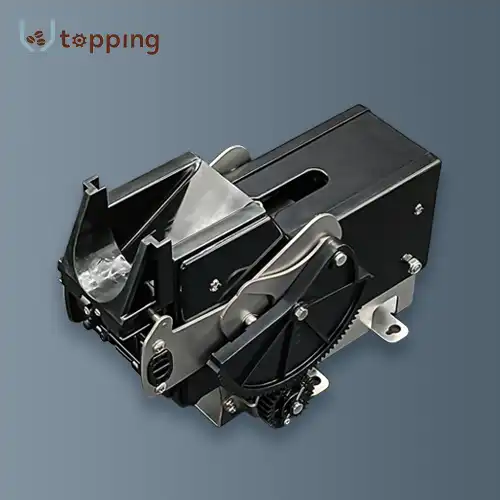How do vending machines' Refrigeration Unit keep products fresh?
2024-08-28 09:33:20
Temperature Control
The refrigeration unit in vending machines plays a crucial role in maintaining the freshness and safety of perishable products. Temperature control is at the heart of this system, ensuring that food and beverages are kept at optimal temperatures to prevent spoilage and bacterial growth.
Modern vending machines utilize advanced temperature control systems that can maintain consistent temperatures ranging from 35°F to 41°F (1.7°C to 5°C) for refrigerated products. This range is critical because it's cold enough to slow bacterial growth significantly but not so cold that it freezes the products or alters their taste and texture.
The refrigeration unit achieves this precise temperature control through a combination of components working together. At its core, the system uses a compressor, condenser, expansion valve, and evaporator – the same basic components found in household refrigerators, but optimized for the unique requirements of our product.
The compressor is the heart of the system, pumping refrigerant through the system. As the refrigerant moves through the condenser, it releases heat to the surrounding environment. The expansion valve then reduces the pressure of the refrigerant, causing it to cool rapidly. Finally, the evaporator absorbs heat from the interior of the product, cooling the products inside.
To ensure accurate temperature control, vending machine are equipped with thermostats and temperature sensors. These devices constantly monitor the internal temperature and activate the cooling system when temperatures rise above the set point. Some advanced systems even use multiple temperature zones within the same machine, allowing for different products to be stored at their ideal temperatures.
Regular maintenance of the temperature control system is essential for its effective operation. This includes cleaning the condenser coils, checking refrigerant levels, and ensuring that door seals are intact to prevent warm air from entering the refrigerated space.
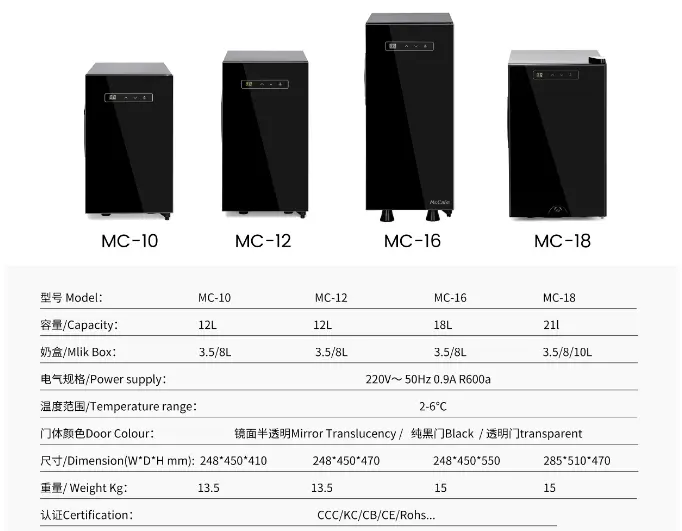
Energy-Saving Technology
As energy costs continue to rise and environmental concerns grow, it manufacturers have been focusing on developing energy-saving technologies for their refrigeration units. These innovations not only reduce operating costs but also minimize the environmental impact of our product.
One of the most significant advancements in energy-saving technology for our product refrigeration units is the implementation of variable speed compressors. Unlike traditional compressors that operate at a single speed, variable speed compressors can adjust their output based on cooling demand. This means they can run at lower speeds when less cooling is required, significantly reducing energy consumption.
LED lighting is another energy-saving feature commonly found in modern vending machine. LEDs consume less power than traditional fluorescent lights and generate less heat, reducing the workload on the refrigeration system. Many machines also incorporate motion sensors that only activate the lights when a customer approaches, further reducing energy usage.
Improved insulation materials and techniques have also contributed to energy efficiency. By using high-performance insulation, it can maintain their internal temperature more effectively, reducing the frequency and duration of cooling cycles. Some machines use vacuum-insulated panels, which provide superior insulation in a thin profile, maximizing the available space for products.
Energy management systems are becoming increasingly common in our product. These systems can learn usage patterns and adjust the cooling schedule accordingly. For example, they might reduce cooling power during periods of low activity, such as overnight in office settings, and increase cooling before peak usage times.
Some machines now incorporate renewable energy sources, such as solar panels, to supplement their power needs. While not typically sufficient to power the entire refrigeration system, these can help offset energy consumption, particularly for outdoor vending machines.
Environmental Adaptability
Vending machine are often placed in a variety of locations with diverse environmental conditions. The refrigeration units in these machines must be capable of adapting to these varying environments to maintain product freshness consistently.
One of the key challenges for vending machine refrigeration units is dealing with fluctuating ambient temperatures. Machines placed outdoors or in non-climate-controlled areas may be exposed to significant temperature swings throughout the day and across seasons. To address this, modern refrigeration units are designed with robust compressors and efficient heat exchange systems that can operate effectively even in high ambient temperatures.
Humidity is another environmental factor that our product refrigeration units must contend with. High humidity can lead to condensation inside the machine, potentially damaging products and electrical components. To combat this, many machines incorporate dehumidification systems or use materials resistant to moisture damage.
Altitude can also affect the performance of refrigeration systems. At higher altitudes, the lower air pressure can impact the efficiency of the cooling cycle. Some products are equipped with altitude-adjusting features that can modify the refrigeration system's operation to maintain optimal performance at various elevations.
Dust and airborne particles present another challenge, particularly for machines in industrial settings or outdoor locations. To prevent these contaminants from affecting the refrigeration system, it often include air filters and sealed components. Regular maintenance, including filter cleaning or replacement, is crucial for machines in these environments.
Some advanced our product even incorporate weather-sensing technology. These systems can anticipate changes in environmental conditions and adjust the refrigeration unit's operation proactively, ensuring consistent product temperatures regardless of external factors.
Ensures Optimal Temperature Maintenance
Maintaining optimal temperatures is crucial for preserving the quality and safety of products in our product. The refrigeration unit plays a pivotal role in this process, employing various strategies to ensure consistent temperature maintenance.
One key feature of modern vending machine refrigeration units is the use of microprocessor-controlled temperature management systems. These systems continuously monitor internal temperatures using multiple sensors placed strategically throughout the machine. By analyzing data from these sensors, the system can make real-time adjustments to the cooling output, ensuring that all products are kept at their ideal temperatures.
Forced-air circulation is another important aspect of temperature maintenance in our product. Fans within the refrigerated compartment help distribute cold air evenly, preventing hot spots and ensuring that all products are cooled consistently. This is particularly important in machines with a high product turnover, where warm products are frequently introduced into the refrigerated space.
To maintain optimal temperatures during vending operations, many machines incorporate rapid cooling systems. When a product is dispensed and the door is opened, warm air can enter the refrigerated space. Rapid cooling systems quickly lower the temperature back to the set point, minimizing the impact on other products.
Some advanced vending machines use predictive cooling algorithms. These systems learn from usage patterns and environmental data to anticipate cooling needs. For example, they might increase cooling power just before peak usage times or in advance of expected temperature increases in the external environment.
Temperature zoning is another technique used in some products to ensure optimal conditions for different types of products. By creating separate compartments with individual temperature controls, these machines can store a variety of products at their ideal temperatures within the same unit.
Regular defrosting cycles are also crucial for maintaining optimal temperatures. Ice buildup on evaporator coils can reduce the efficiency of the cooling system. Automated defrost cycles, typically scheduled during low-usage periods, help maintain the refrigeration unit's performance and ensure consistent cooling.
Vending Machine Components Supplier
The efficiency and reliability of our product's refrigeration unit heavily depend on the quality of its components. Topping Motor Vending Machine Components is a leading supplier in this field, specializing in customized CNC parts that are crucial for the optimal functioning of vending machine refrigeration systems.
Topping Motor's expertise in CNC machining allows it to produce high-precision components that are essential for the intricate workings of refrigeration units. Their ability to create custom work pieces means that our product manufacturers can obtain components tailored to their specific refrigeration system designs, ensuring optimal performance and energy efficiency.
If you're in the process of selecting a supplier for your vending machine components and want to ensure the highest standards of quality for your refrigeration units, Topping Motor Vending Machine Components is worth considering. They welcome inquiries from potential clients and can be contacted at sales@huan-tai.org to discuss specific needs and how their customized parts can contribute to the efficiency and reliability of your product refrigeration systems.
References
1. International Journal of Refrigeration. "Advances in Vending Machine Refrigeration Technology." Vol. 136, pp. 154-168.
2. Energy Efficiency in Commercial Food Service. "Energy-Saving Innovations in Vending Machine Design." U.S. Department of Energy.
3. Journal of Food Engineering. "Temperature Control Strategies in Modern Vending Machines." Vol. 324, pp. 111162.
4. Applied Thermal Engineering. "Environmental Adaptability of Refrigeration Systems in Vending Machines." Vol. 204, 117988.
5. International Journal of Refrigeration. "Optimal Temperature Maintenance in Vending Machine Cooling Systems." Vol. 121, pp. 172-185.
6. Energy Conversion and Management. "Energy-Efficient Cooling Technologies for Vending Machines." Vol. 277, 116487.
Send Inquiry
Related Industry Knowledge
- How does a Vending Coffee Machine Water Tank work?
- Differences Between Volumetric Counters And Particle Counters
- Is Noise Reduction Important in Coffee Machine Mixer Design?
- What Maintenance Does a Coffee Grinder Motor Require?
- How Does Motor Power Affect Coffee Grinding Speed?
- Advantage of vending machine touch screen in business
- Does a grinder make a difference espresso?
- Coffee grounds sieve uses
- Do I need a grinder for an espresso machine?
- How Does Coffee Vending Machine Ingredient Canisters Design Affect Coffee Flavor?

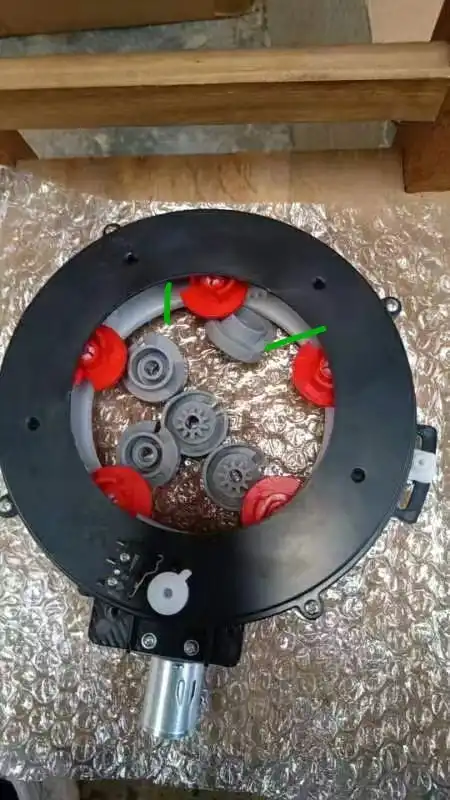
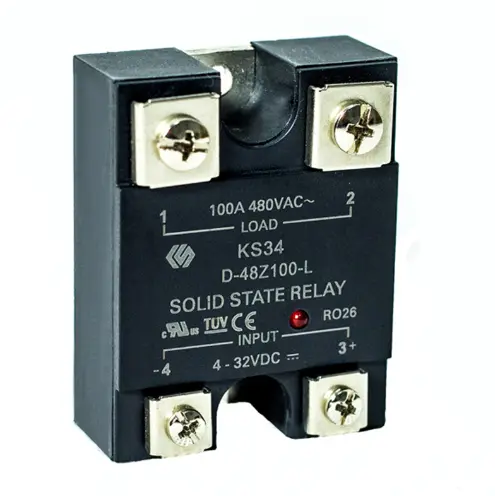

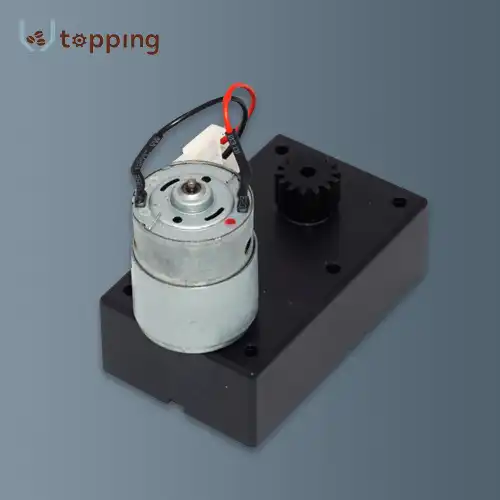

.webp)
